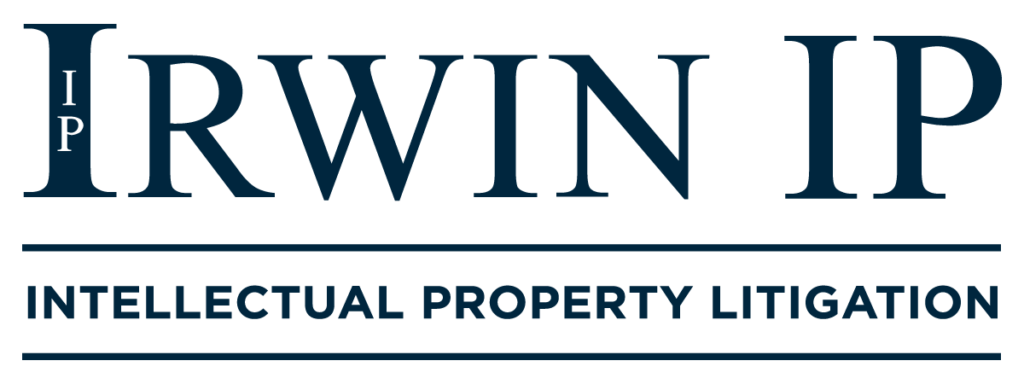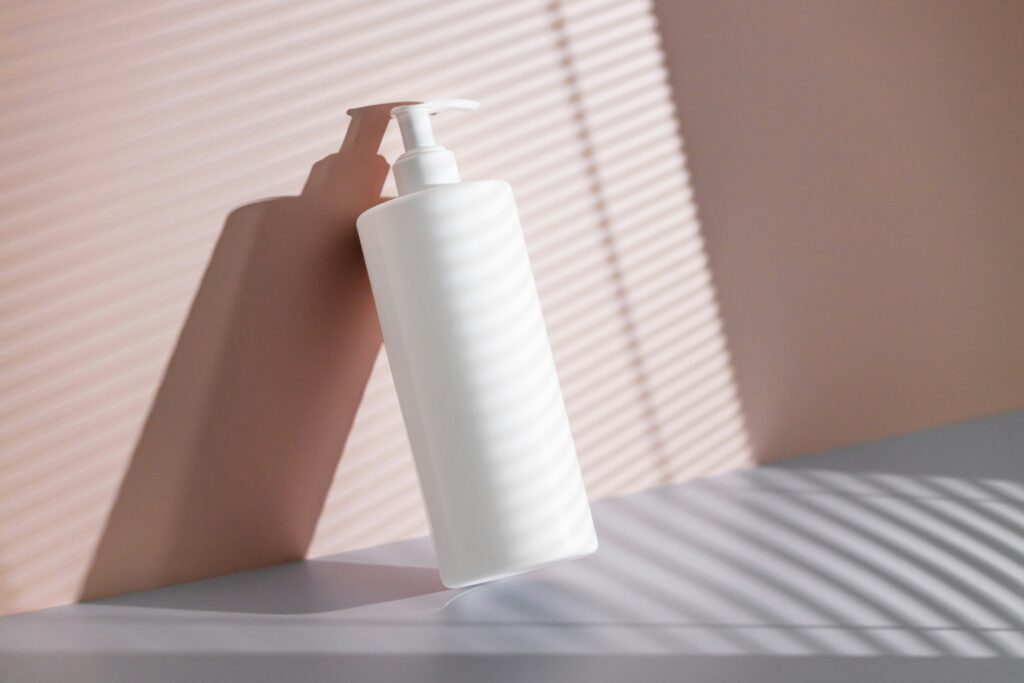
This week, the United States District Court for the Central District of California (the “Court”) granted L’Oreal’s motion for terminating sanctions. The litigation centers around L’Oreal’s alleged misappropriation of Metricolor’s trade secret, which is a first-generation system for storing, formulating, and dispensing hair coloring agents and additives. The system comprises of a “plastic bottle, a standard [] orifice reducer, and a syringe.” In 2014, Metricolor and its president, Sal D’Amico, discussed a few of its products with L’Oreal. The discussions centered around Metricolor’s second-generation product, but Metricolor alleged that, during its pitch, it related details of its first-generation system to L’Oreal. The discussions proved unfruitful, but in September of 2016, L’Oreal launched a product similar to Metricolor’s first-generation system. Metricolor brought suit in January of 2018.
In 2021, L’Oreal began to suspect that Metricolor had produced edited documents. For example, Metricolor appeared to fabricate an email exchange indicating that Metricolor sent L’Oreal samples of its first-generation system. However, the recipient of those emails did not recall ever seeing the email nor receiving any samples. Later, in October 2021, Metricolor’s own expert, Kevin Cohen, created a forensic image of Sal D’Amico’s computer (“Cohen Image”), unbeknownst to L’Oreal or the Court. L’Oreal, unaware of the Cohen Image, filed an ex parte application to suspend deadlines pending investigation of documents. The Court denied the application, but ordered L’Oreal to take a forensic image (“L’Oreal Image”) in December 2021, of the same computer previously imaged by Cohen. L’Oreal noted that several sample documents contained deletions and insertions when compared to what Metricolor had produced in the litigation. L’Oreal unsuccessfully sought terminating sanctions. However, in March 2023, Mr. Cohen disclosed creation of the Cohen Image, which the Court compelled Metricolor to produce. When comparing the Cohen and L’Oreal Images, more than fifty thousand files were missing from the L’Oreal Image. L’Oreal’s renewed motion to terminate the case was successful.
The Court found that Metricolor’s actions were “troubling” and “easily support a finding of willfulness, bad faith, and fault.” First, the Court stated that it is entirely unclear whether Metricolor ever disclosed the trade secret that was subject to the litigation, because the “limited evidence suggesting the existence and conveyance of a trade secret was largely fabricated.” Second, the Court stated that such an ambiguity would be prejudicial because L’Oreal was deprived of important evidence. Finally, the Court found that lesser sanctions would not be appropriate here because monetary or adverse inference sanctions would be insufficient to remedy the impact or deter future misconduct if the case was allowed to proceed.
This case serves as yet another warning to counsel representing zealous clients. Although the Court directed most of its ire toward “particularly Sal D’Amico[,]” who fabricated and destroyed evidence, counsel’s behavior was also problematic because they improperly withheld responsive discovery after the Cohen Image was discovered. Even if a client believes their efforts are justified to get the truth out, it is the duty of counsel to trust-but-verify and ensure that all conduct is unquestionably above board. Else, parties risk losing over six years of litigation efforts.
As an initial disclaimer, Irwin IP LLP is privileged to be lead counsel for LKQ Corporation and Keystone Automotive Industries, Inc. (collectively, “LKQ”) in several design patent validity disputes, including this case against GM Global Technology Operations and by extension General Motors Co. (collectively, “GM”). LKQ neither requested nor paid for preparation of this article, however, and the views expressed herein are those of the authors alone.
Last month, the Court of Appeals for the Federal Circuit (“CAFC”), held an en banc oral argument for LKQ’s appeal of the Inter Partes review decision by the Patent Trial and Appeal Board (“PTAB”) which held that U.S. Design Patent No. D797,625 (“the ’625 Patent”) was not unpatentable as obvious. During the US Government’s argument, Judge Chen broached a central issue of the appeal when he asked whether it was “true that only about one to two percent of all design patent applications get a prior art rejection during examination?” The Government indicated that their rate is “a little higher,” but admitted that only “about 4%” of design patent applications receive a prior art rejection. This low rejection rate for design patents has received the attention of design patent scholars. See Sarah Burstein, Is Design Patent Obviousness Too Lax?, 33 BERKELEY TECH. L. J. at 608-610, 624 (2018) (positing that design patent validity precedent makes it nearly impossible for the United States Patent and Trademark Office (“USPTO”) to reject design patent claims); Dennis Crouch, A Trademark Justification for Design Patent Rights, 24 HARV. J. L. TECH. at 18-19 (2010) (citing the “vastly different” rejection rate between design and utility patents as evidence that the USPTO has abdicated its role in examination for design patents). For reference, by some estimates, the amount of total rejections for utility patents under prior art (35 U.S.C. §§ 102, 103) is as high as 68%.1 An important component of this explanation is that design patents have not received the flexible and expansive obviousness inquiry mandated by the US Supreme Court’s KSR decision.
In an effort to explain the low rejection rate, GM referred to an amicus brief submitted by Hyundai Motor Company and Kia Corporation (“Hyundai-Kia”), arguing that “often these, these design patents, because it’s a singular claim, you will see, for example, a shoe will be patented once and then you’ll see, you know, more patents off that similar initial concept. So, there’ll be a lot of patents that come out of the same invention because you can’t have, you know, 25 claims.” GM also argued that “the narrowness of design patents is another reason why we see a difference in the allowance rate as compared to utility.” Neither Hyundai-Kia nor GM cited any support for their theories. This article shows that neither argument adequately explains the alarmingly low rate at which design patents receive prior art rejections.
Regarding the argument that multiple design patents are filed on the same invention, there is no explanation as to why that would drive down the rejection rate. Logically, if there are groups of design patents for a particular invention (a “design patent family”) one would expect that prior art applicable to one patent in the family would be applicable to all of the patents in the family. And, one would expect that the number of design patent families that receive a prior art rejection as compared to the total number of design patent families would mirror the rate individual design patents receive a prior art rejection as compared to the total number of individual design patents. As such, the fact that there may be design patent families should not impact the overall rejection rate. Further, dissecting a whole design into many component elements (“design patents on fragments”) would likely seem to create a higher probability that any of these elements would have been known in the art to an ordinary designer. And, as such design patents on fragments would logically seem to drive up the rejection rate.
Regardless, it is appropriate to stress test the effect “duplicate design patents” could have in skewing the prior art rejection rate. By randomly selecting tranches of 50 sequential design patents granted between 2013 and 2023, we can create a statistically significant subset of design patents (that demonstrates the same 2-4% prior art rejection rate overall) to identify the percentage of design patents that were, as GM and Hyundai-Kia have argued, multiple, narrowed claims of the same invention. By removing these patents from the analysis altogether, we can determine an adjusted rejection rate for just individual design patents. For example, assuming no patent applications that received a prior art rejection were issued, if we were to hypothetically apply a 4% rejection rate to our sample of 500 patents, we can determine that about 21 patents were rejected to result in 500 allowed patents. If within those 500 patents, there are 50 duplicate design patents, that would leave 450 individual design patents. Dividing the rejected patents by just the individual design patents leads to an adjusted rejection rate. In our example, the adjusted rejection rate (21/450) is 4.67%. In performing our analysis, to be as generous as possible to GM and Hyundai-Kia’s argument, we also calculated an adjusted percentage by including similar designs issued to the same entity.
Applying this methodology, only 8.6% of design patents are duplicate patents in the way that GM and Hyundai-Kia argue. Removing these from the randomized subset, 91.4% of the design patents remain. Applying the Government’s 4% prior art rejection rate against the sample that excludes the duplicate patents, we arrive at an adjusted prior art rejection rate of 4.37% (still “about 4%”). If we expand the definition of duplicate design patents beyond GM and Hyundai-Kia’s definition in the above-mentioned manner, there are a total of 15.2% duplicate design patents. Once these are excluded and we are left with 84.8% of the randomized subset, applying the Government’s 4% prior art rejection rate results in an adjusted prior art rejection rate of 4.7%. At bottom, the exclusion of duplicate design patents in the way that is most generous to GM and Hyundai-Kia’s argument does not raise the prior art rejection rate of design patents by even one percentage point. The existence of duplicate design patents fails to explain the alarmingly low rate at which design patents receive prior art rejections.
Although not specifically argued by GM or Hyundai-Kia, the scholarly community should consider whether a claim-by-claim analysis of utility patents would result in a prior art rejection rate of about 4% for individual patent claims. That is beyond the scope of this article, but based on the readily available data we hypothesize that such a prior art rejection rate would still be “vastly different.”
Finally, GM’s appeal to design patent “narrowness” does not provide design patents with any kind of conceptual armor. The adage that “design patents have no scope” due to their visual claim style, has been practically rejected by modern precedent. See, e.g., Crocs, Inc. v. Int’l Trade Comm’n, 598 F.3d 1294, 1304-06 (Fed. Cir. 2010) (finding that several products with noticeable differences read on a single design patent, effectively expanding its scope beyond the literal claim depicted). Many courts have found that design patents have expansive scope in terms of infringement and damages.
The CAFC’s attention to the issue of the alarmingly low design patent prior art rejection rate at oral argument was well placed. As shown above, the disparity of this rate with that of utility has not been reconciled by any explanation or argument and is probably indicative of an inability or acquiescence to rigorous examination on the part of the USPTO.
- https://projectpq.ai/patent-rejections-103 ↩︎
A license agreement with broad terms might seem like a good idea, but it could turn into something that you later regret. On March 25, 2024, the Second Circuit (“the Court”) affirmed that a licensee did not violate a trademark license agreement for “beer” products by selling hard seltzer products under the same trademark.
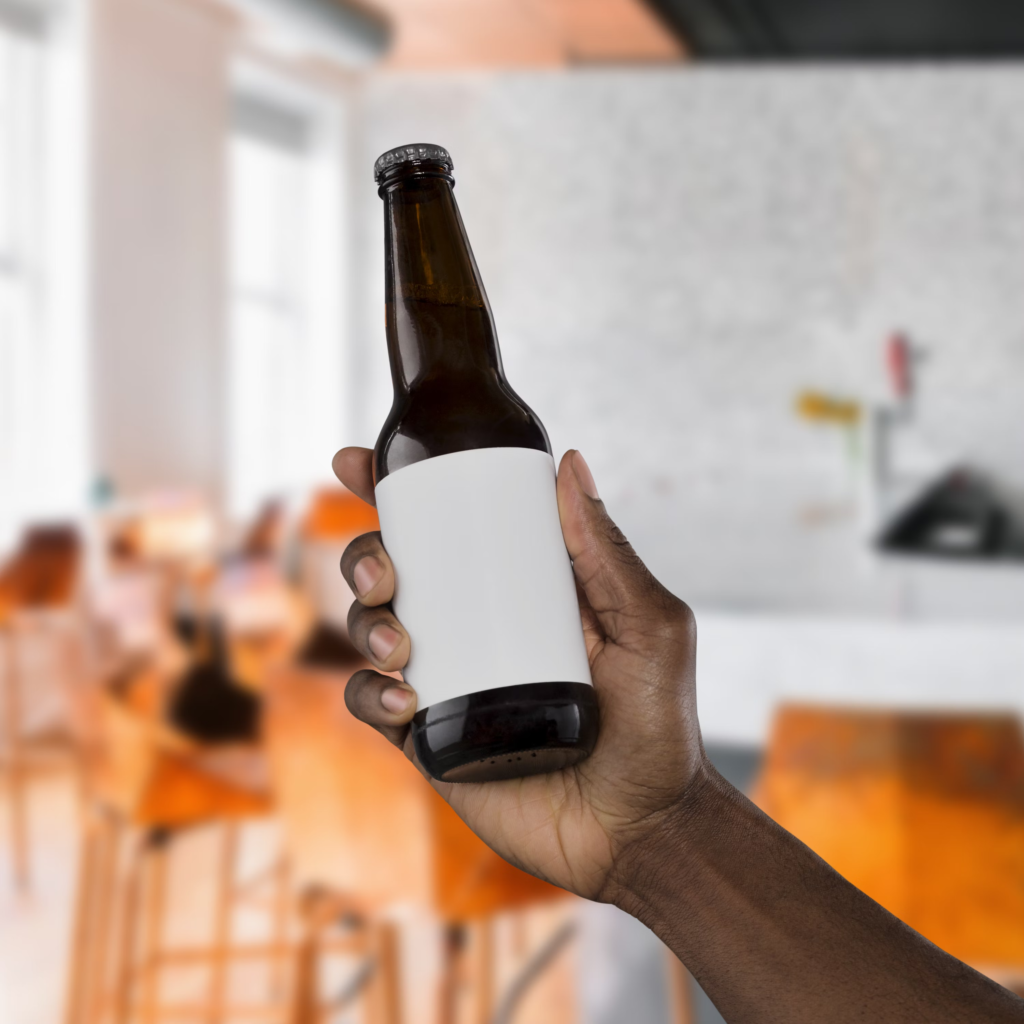
Cervecería Modelo de México, S. de R.L. de C.V. and Trademarks Grupo Modelo, S. de R.L. de C.V. (collectively, “Modelo”) entered into a perpetual trademark license agreement with CB Brand Strategies, LLC, Crown Imports LLC, and Compañía Cervecera de Coahuila, S. de R.L. de C.V. (collectively, “Constellation”) for Constellation to use Modelo’s trademarks to make and sell “beer” inside the United States. The license agreement defined “beer” as “beer, ale, porter, stout, malt beverages, and any other versions or combinations of the foregoing, including non-alcoholic versions of any of the foregoing.” Recently, Constellation started to sell Corona Hard Seltzer and Modelo Ranch Water (collectively, “Corona Hard Seltzer”) using Modelo’s trademarks. Corona Hard Seltzer is a flavored carbonated drink that derives its alcohol content from fermented sugar. Modelo sued Constellation alleging that sales of Corona Hard Seltzer violated the trademark license agreement because Modelo believed a sugar-based hard seltzer did not constitute “beer” under the license agreement. The issue of what “beer” meant was sent to a jury who determined that Modelo failed to establish that hard seltzer was not beer as defined in the license agreement. Modelo appealed.
On appeal, Modelo argued that under the plain meaning and dictionary definitions of “beer” or “malt beverages” that Corona Hard Seltzer could not be a beer or malt beverage because the seltzer was not flavored with hops and contained no malt. The Court acknowledged that the plain and ordinary meanings of “beer” and “malt beverages” would exclude Corona Hard Seltzer, however, the definition of “beer” allowed for “versions” of beer and malt beverages. Modelo argued “versions” could only mean beverages sharing similar characteristics to beer or malt beverages. Constellation argued that the definition of “beer” also included “non-alcoholic versions” and that a beverage without the common elements of beer, such as malt or hops, would be covered under the agreement. The Court held both parties’ definitions of the term “versions” were plausible and that the definition of “beer” was ambiguous as to whether it included Corona Hard Seltzer. Therefore, the Court affirmed the jury’s determination that “beer,” at least as used in the license agreement, included hard seltzers as the jury was not limited to plain and ordinary meaning of the term and was allowed to consider the parties’ intent when the contract was negotiated.
IP owners need to be careful using license agreements with broad definitions, like “any other versions” used here, because those definitions may later include items the IP owner did not intend to include at the time of the agreement. If there is any uncertainty in the scope of an IP contract, the ambiguity may be used against the IP owner in the future.
Irwin IP is delighted to announce two ITC rulings in favor of our client, LKQ Corporation. These investigations were two of the largest cases in the ITC’s recent history, with LKQ prevailing on all 41 design patents asserted by Hyundai and Kia. In its rulings, the ITC agreed with Irwin IP’s position that neither Hyundai nor Kia could establish a domestic industry to be protected by the ITC. These wins are not only important to LKQ but also impact consumers who will continue to have the ability to purchase aftermarket automotive parts.
LKQ and Keystone Automotive Industries are represented by Barry F. Irwin, Michael Bregenzer, Jason Keener and Robyn Bowland
Read the full decisions here:
——–
Irwin IP specializes in mission-critical intellectual property and technology litigation, catering to a diverse client base, including Fortune 500 companies and innovative startups. Our expertise extends to enforcing and protecting intellectual property portfolios, ensuring our clients’ product lines, worth hundreds of millions annually, remain secure. Notably, we routinely, successfully litigate against the largest, most prestigious law firms representing the largest companies in the world on matters valued in the tens and hundreds of millions.
On March 8, 2024, the International Trade Commission (ITC) announced that the decisions for both investigations in the LKQ / Genera cases have been reversed finding no violations. These wins are not only important to LKQ but also impact consumers who will continue to have the ability to purchase aftermarket automotive parts.
To read the full article, visit: https://www.autobpa.com/2024/03/08/itc-reverses-prior-detrimental-decisions-against-lkq-and-tyc-genera/
Irwin IP is thrilled to welcome back Adam Reis to the team. After a brief hiatus exploring the dynamic landscape of the legal tech industry, Adam returns with a wealth of knowledge and experience to further enrich our firm.

Throughout his career, Adam has achieved numerous successes in litigating complex cases across various technologies and entertainment sectors, consistently delivering favorable pre-trial resolutions. His expertise extends beyond litigation, as he has handled transactional matters, drafting patent infringement and invalidity opinions, as well as negotiating agreements pertaining to intellectual property rights ownership and management.
Please join us in welcoming Adam back to Irwin IP as he continues to serve our clients with excellence and innovation.
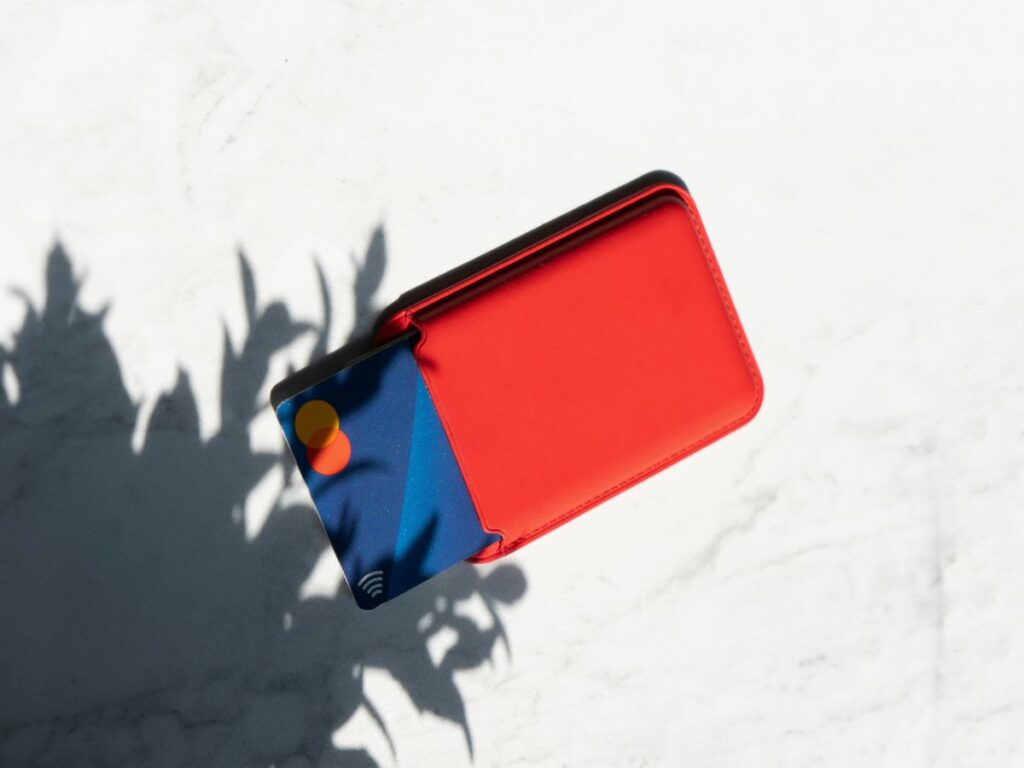
On February 28, 2024, in AlexSam, Inc. v. MasterCard International Incorporated, the Federal Circuit reversed the district court’s summary judgment in favor of MasterCard and remanded. The Federal Circuit found that AlexSam could maintain its suit because the covenant not to sue provision in the License Agreement (“Agreement”), which the lower court relied upon in granting summary judgment, had terminated. Thus, the Federal Circuit held that AlexSam’s claim for breach of the Agreement’s royalties provision was not barred by the covenant not to sue.
The Agreement between the parties, regarding “Multifunction Card System” patents owned by AlexSam, included a covenant not to sue in which AlexSam agreed to “not at any time initiate, assert, or bring any claim against MasterCard…relating to Licensed Transactions arising or occurring before or during the term of this Agreement.” In 2015, AlexSam sued MasterCard for material breach of the Agreement and for failure to pay royalties pursuant to the Agreement. MasterCard filed for summary judgment, arguing the broadly worded covenant not to sue barred AlexSam’s claim for unpaid royalties. The district court agreed and granted summary judgment to MasterCard.
The Federal Circuit reversed the district court’s decision, observing that the broad, plain language of the covenant meant that AlexSam cannot bring suits for patent infringement or breach of contract actions during the time when the Agreement was in force. However, at the time of the suit the Agreement had terminated. Although the Agreement included sections that would survive termination of the Agreement, including the duty to pay royalties, it did not list the covenant not to sue as one. Even though the covenant not to sue had in perpetuity language (“at any time”) and could be interpreted as such between two sophisticated parties, the Federal Circuit found that the language only held weight during the term of the Agreement and not post-termination. Therefore, the covenant not to sue terminated with the Agreement, and AlexSam would be allowed to maintain its suit for nonpayment of royalties against MasterCard.
As Judge Stoll states, this matter “illustrates the importance of carefully reviewing the language in a covenant not to sue.” Drafters of license agreements, if they intend any provision to survive the agreement’s termination or expiration, should be careful to explicitly include the provision in the termination provisions of the agreement.
The U.S. International Trade Commission has nullified administrative findings accusing Chicago parts manufacturer LKQ Corp., represented by Irwin IP LLP, and other firms of breaching federal patent law through the importation of specific headlights and taillights. In two recent decisions, the ITC determined that neither Hyundai nor Kia could demonstrate a domestic industry for the patents in question, resulting in the termination of the investigations and ruling out violations of the Tariff Act.
To read the full article, visit: https://www.law360.com/articles/1739985/itc-clears-lkq-others-in-car-lamp-patent-cases
*This article is located behind a paywall and is only available for viewing by those with a subscription to Law360.
On February 9, 2024, in Rai Strategy Holdings Inc. v. Philip Morris Products S.A., the Federal Circuit vacated the Patent Trial and Appeal Board’s (PTAB) finding that claimed ranges of length rendered Rai’s vape device claims invalid for lack of written description. The Federal Circuit rejected Philip Morris’ rigid argument that the claims lacked written description support because the specification did not identify the specific claimed range. The Court found the claims not invalid because the claimed range was within a broader range disclosed in the specification and there was no evidence that the claimed ranges resulted in a different invention than what was disclosed.
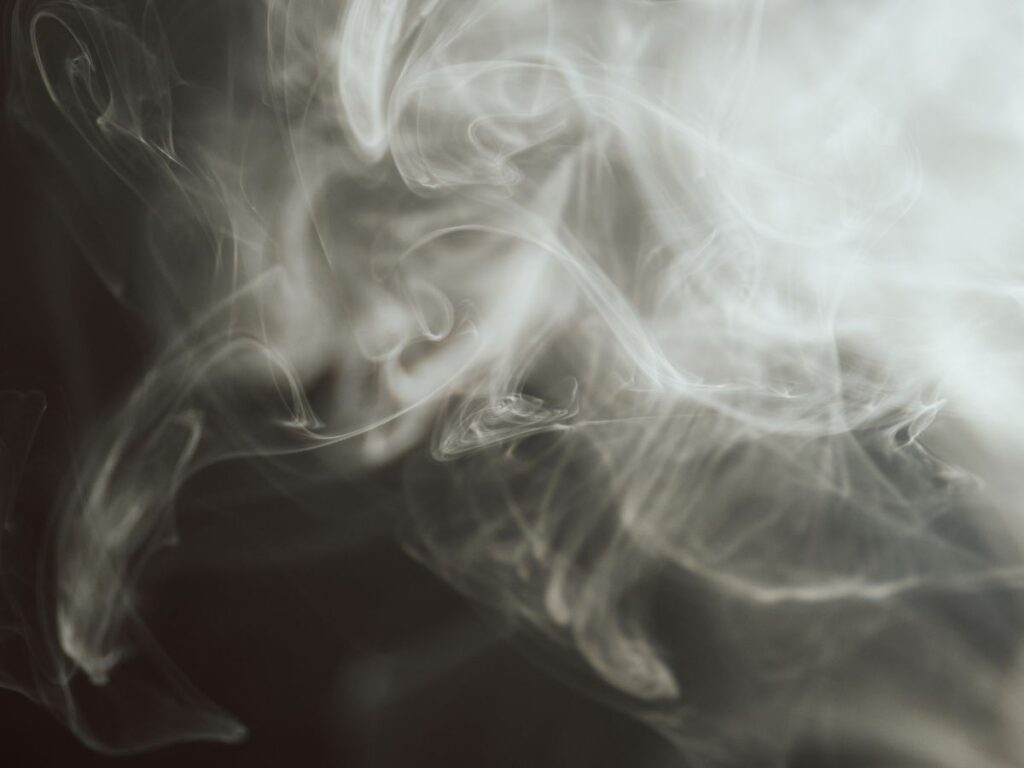
The written description requirement of 35 U.S.C. § 112 requires that a patent’s specification include sufficient detail to reasonably convey to a person of ordinary skill that the inventor had possession of what is claimed. Rai’s patent disclosed heating element-to-disposable aerosol ratio ranges between 75%-125%, 80%-120%, 85%-115% and 90%-110%. Rai’s claims at issue, however, recited a subrange between 75%-85%. The PTAB had found that the claims lacked written description support because no range described in the specification contained an upper limit of about 85%.
In reviewing the PTAB’s decision, the Federal Circuit explained that evaluating whether there is written description support for a claimed range involves not just comparing the claimed range with those disclosed in the specification, but also whether the disclosed broad ranges describes the subrange or whether the subrange is drawn to a different invention. This is especially true in complex or unpredictable technologies where the invention may have different characteristics across the broader range. The Federal Circuit held that there was no evidence suggesting that the broader ranges described in Rai’s patent specification disclosed a different invention than the claimed range. The Court also stated that given the lack of complexity of the claim limitation at issue—heating element length—a lower level of detail was required. The Court vacated the PTAB’s decision, but noted that its determination was highly factual and dependent on the nature of the invention and the disclosure.
Patent prosecutors should be aware of the written description requirement as it relates to claiming ranges in patent applications. If a claim is amended to overcome prior art by narrowing a claimed range, a written description problem may arise if the new range does not fall within a broader range described in the specification or if the characteristics and behaviors of the invention vary across the disclosed broader range. Likewise, Rai provides a helpful roadmap to litigators challenging or defending written description support of claimed subranges.
